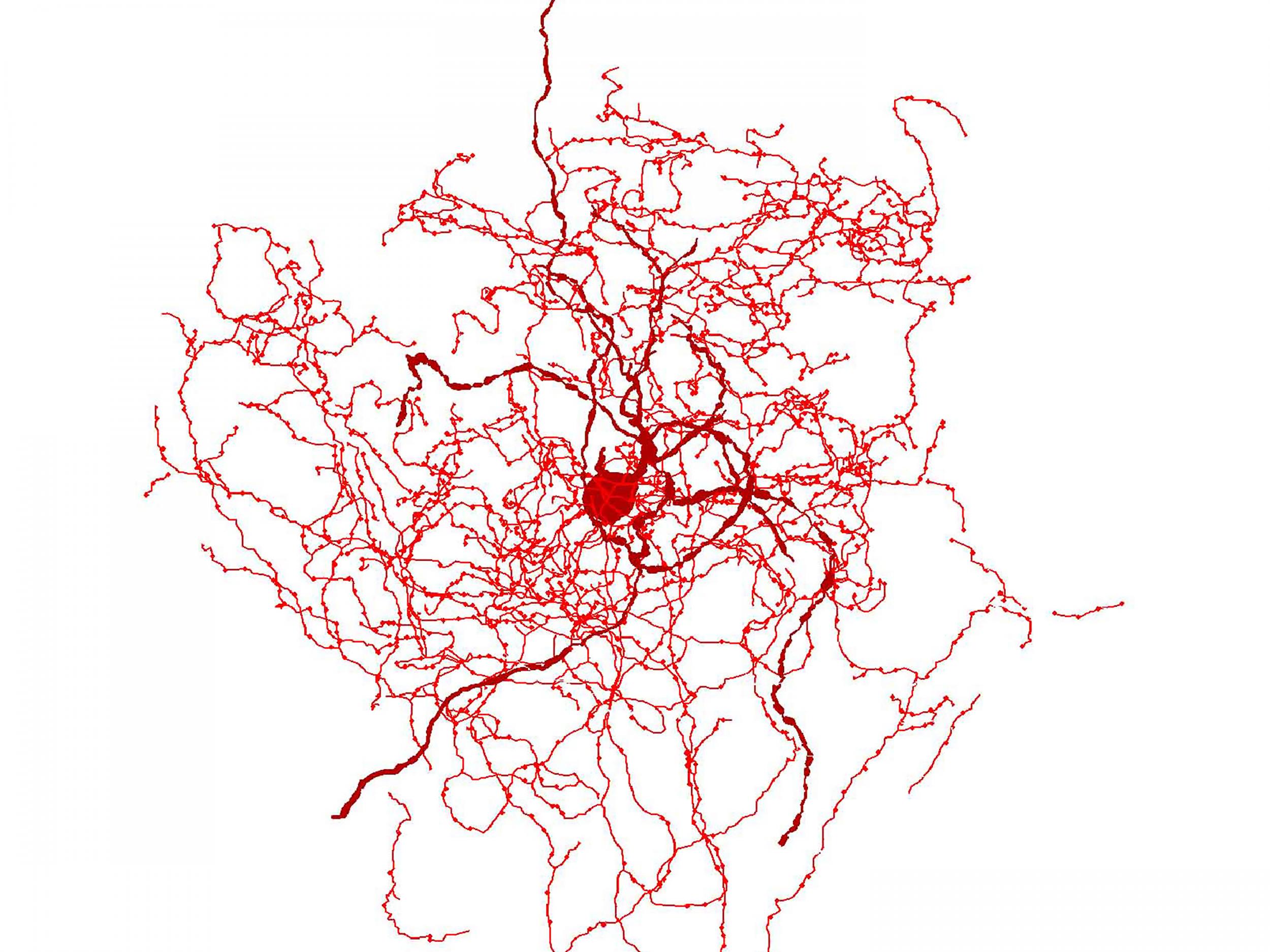The Independent's journalism is supported by our readers. When you purchase through links on our site, we may earn commission.
Mysterious new type of cell could help reveal what makes human brain special
The 'rosehip neurons', observed only in humans, could play a role in psychiatric diseases

Your support helps us to tell the story
From reproductive rights to climate change to Big Tech, The Independent is on the ground when the story is developing. Whether it's investigating the financials of Elon Musk's pro-Trump PAC or producing our latest documentary, 'The A Word', which shines a light on the American women fighting for reproductive rights, we know how important it is to parse out the facts from the messaging.
At such a critical moment in US history, we need reporters on the ground. Your donation allows us to keep sending journalists to speak to both sides of the story.
The Independent is trusted by Americans across the entire political spectrum. And unlike many other quality news outlets, we choose not to lock Americans out of our reporting and analysis with paywalls. We believe quality journalism should be available to everyone, paid for by those who can afford it.
Your support makes all the difference.A new type of brain cell has been discovered by scientists.
“Rosehip neurons” could join the short list of specialised brain cells that only exist in humans and perhaps other primates.
Although their analysis is still at an early stage, the international team of researchers behind the study think the neurons may play a role in brain disorders.
Publishing their findings in journal Nature Neuroscience, scientists from Europe and the US gathered evidence over several years.
Dr Gabor Tamas, a neuroscientist at the University of Szeged in Hungary, lead the lab that explored the shapes and electrical properties of brain cells.
While presenting his group’s work at the Allen Institute for Brain Science in Seattle – where researchers are investigating the genes that make human neurons distinct from those of mice – he realised the benefits of joining forces with his American counterparts.
“We realised that we were converging on the same cell type from absolutely different points of view,” he said.
Together with the Allen Institute team led by Dr Ed Lein, they pinned down the neurons later dubbed “rosehips” as the surrounding dense bundle of nerve fibres resembled a rose that had shed its petals.
These cells had never been seen in mice or any other laboratory rodents and the researchers wanted to find out if their presence in humans had any significance for our understanding of these highly complex organs.
“We really don’t understand what makes the human brain special,” said Dr Lein. “Studying the differences at the level of cells and circuits is a good place to start, and now we have new tools to do just that.”
The team found that rosehip neurons turn on a unique set of genes in the human brain – genes that have so far not been found in mouse brains.
Meanwhile, the Hungarian group found these unique cells were forming connections with another group of neurons called pyramidal cells.
The cells used in the study were extracted from the top layer of the cortex, which Dr Lein described as “the most complex structure in nature”.
The human cortex is responsible for consciousness and many of the abilities that make our species unique.
Alone the teams’ discoveries could only give a partial picture of the rosehip cells’ function, together they allow them to build a far more complete picture.
The newly discovered cells are categorised as inhibitory neurons, which means they stop the activity of other cells in the brain.
As they only attach to very specific parts of the pyramidal cells, this indicates information flow is being manipulated in a special way that is not seen in our rodent cousins.
With mice typically used to model human brains in medical studies, scientists are concerned that the picture they are getting is incomplete.
“Many of our organs can be reasonably modelled in an animal model,” said Dr Tamas. “But what sets us apart from the rest of the animal kingdom is the capacity and the output of our brain. That makes us human. So it turns out humanity is very difficult to model in an animal system.”
As part of their continuing work exploring the significance of these enigmatic cells, the scientists now intend to study post-mortem brain samples from people with psychiatric disorders. Any differences in rosehip cells could point to a potential role for these neurons in disease.
Join our commenting forum
Join thought-provoking conversations, follow other Independent readers and see their replies
Comments